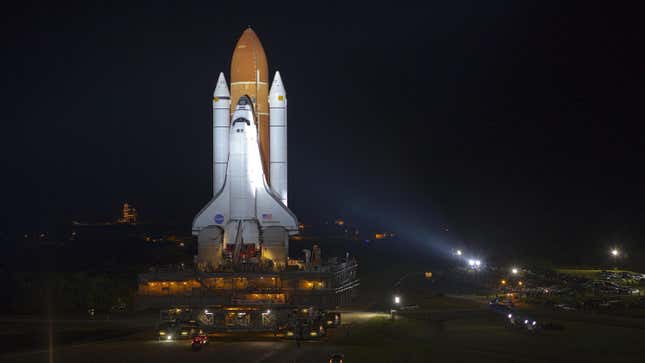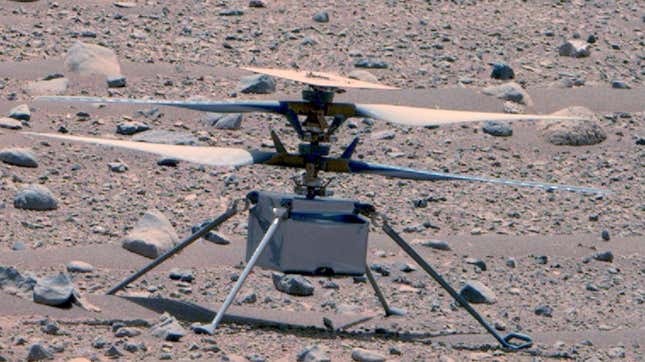gizmodo.com
The Space Shuttle is going to look launch ready once again, although this time the retired spacecraft won’t be firing its engines.
Top 5 Shopping Tips for Amazon Prime Day
The California Science Center is ready to kick off a six-month-long process to stack the components of the Space Shuttle into a vertical launchpad position such that it can go on display at the future Samuel Oschin Air and Space Center, which is currently under construction, the science center announced on Thursday. The museum’s Go for Stack process is set to begin on July 20, which marks Space Exploration Day.
The display will include the Endeavor orbiter, which embarked on its first mission with the Space Shuttle program in 1992, the rocket’s solid boosters, and external tank. Once fully stacked, the 20-story-tall vertical display will be the only “ready-for-launch” Space Shuttle system in the world in terms of its staging and appearance.
“Endeavor will be the star attraction of the Samuel Oschin Air and Space Center, a launchpad for creativity and innovation that will inspire future generations of scientists, engineers and explorers,” Jeff Rudolph, president and CEO of the California Science Center, said in a statement.
Getting the Space Shuttle pieces stacked on top of one another is not going to be an easy feat, and it’s going to be the first time it’s ever been done outside of a NASA facility, according to the California Science Center. The first part of the process involves installing the rocket’s aft skirts—a pair of skirt-shaped bottom segments that form the base of the solid rocket boosters. The solid rocket motors will be stacked on top of the aft skirts to form the solid rocket boosters. The Shuttle’s external tank, ET-94, will then be lifted into place, followed by the Endeavor orbiter, which will be lifted by a large crane and connected to the rest of the rocket stack.
When it’s all done, the full stack of the Space Shuttle launch system will stand 200 feet (61 meters) tall, becoming the main attraction around which the Air and Space Center building will be constructed.
Endeavor has been on display at the California Science Center for the past 11 years, albeit laying horizontally rather than standing straight as though it’s ready to soar through the skies once more.
Related: The Space Shuttle Was a Beautiful—but Terrible—Idea
NASA’s space shuttle Endeavour landed for the final time on June 1, 2011, at the Kennedy Space Center in Florida following a 16-day mission to the International Space Station. Following that landing, only one other Shuttle mission took place, the Atlantis STS-135 mission, marking the end of NASA’s 30-year-long shuttle era, which began in 1981.
For more spaceflight in your life, follow us on Twitter and bookmark Gizmodo’s dedicated Spaceflight page.



